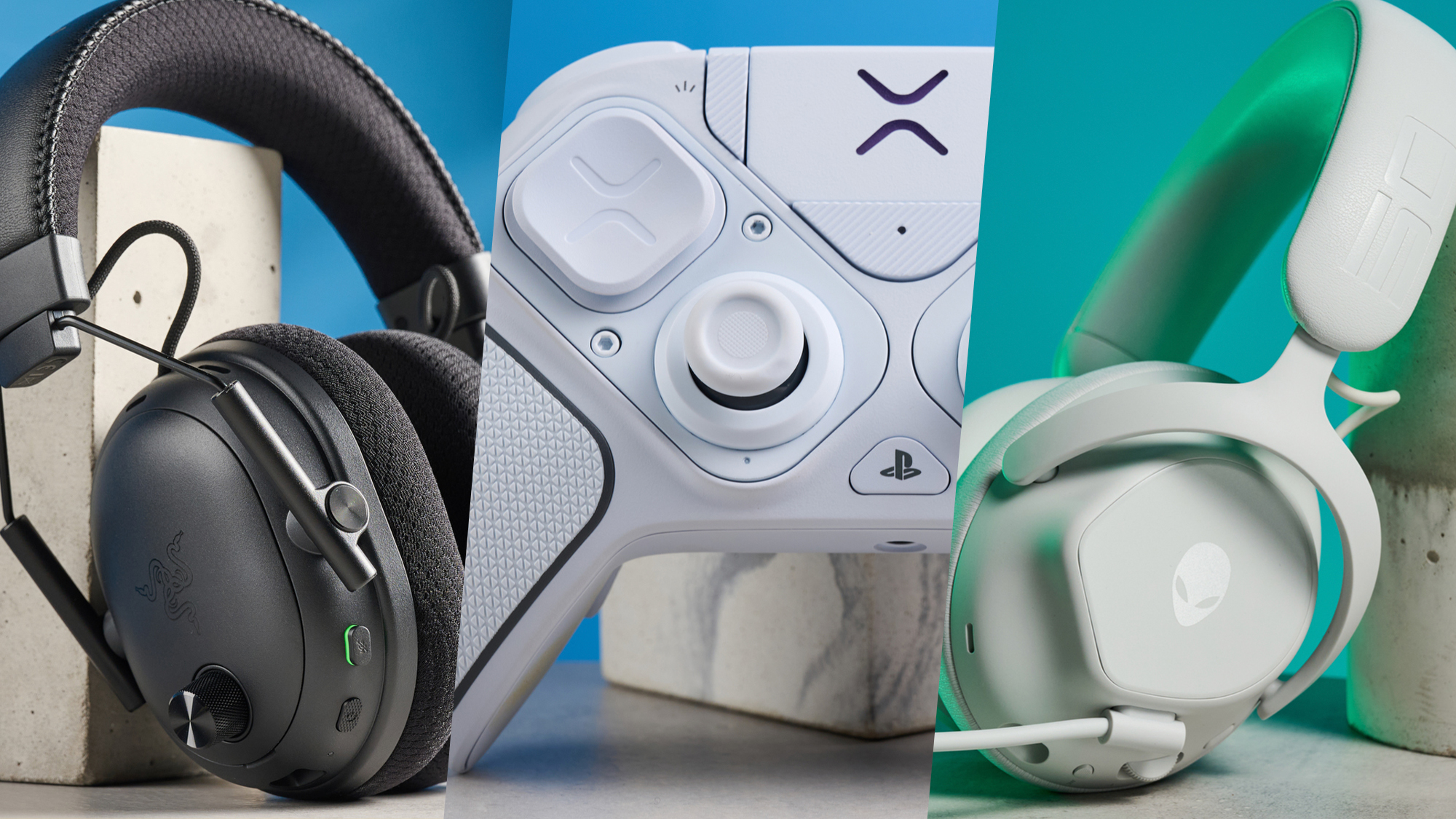
Tablet shopping is trickier than ever these days, which is why this buying guide exists: to help you find the right tablet for your needs. We’ve reviewed scores of tablets from all the major manufacturers over the years, and here we’ll share all we’ve learned in order to help you make a more informed purchase.
Once upon a time, if you wanted a new tablet you bought an Apple iPad, because that’s pretty much all there was worth buying. But today there’s a cornucopia of great tablets available to you, thanks to years of hearty competition from the likes of Amazon, Google, and more. Apple no longer has a monopoly on the best tablets, and many of the best Android tablets can satisfy your needs as well as or better than an iPad — especially if you have kids.
Don’t pay for cellular unless you really need it. You can get lots of use out of a tablet with just Wi-Fi, and monthly cell bills for a tablet add up quick. Sure, a tablet with 4G/5G connectivity can be handy for quickly looking up directions, playing games, or taking video calls on the go, but if you’re already carrying a smartphone that can do the same things, it’s hardly necessary. A tablet with just Wi-Fi connectivity can still be preloaded with movies, games, and books, and as long as the apps you use to access them don’t require an active Internet connection, you can enjoy all that content on the go.
Don’t settle for less than 10 hours of battery life, and try to find third-party test results which back up tablet makers’ battery life claims. This testing is important because the battery life figures many tablet makers use to advertise their products are often aspirational and/or recorded under ideal conditions, so they’re rarely achievable during actual use. When you’re buying a tablet, try to check reviews first to see how long its battery holds out under real-world conditions.
Don’t settle for less than 64 GB of built-in storage. Anything less will cause major headaches as you constantly delete and reinstall things to free up space. Every tablet comes with a specific amount of storage capacity built in, though a good portion of that is often taken up by the operating system. With iPads, that’s all the storage you’ll ever get, so paying for extra storage is especially critical when buying an Apple tablet. However, many non-Apple tablets come with an expansion card port — usually a microSD slot — that you can stick a flash memory card into for extra storage, giving you options for adding more storage down the road.
A stylus or detachable keyboard can expand your tablet's capabilities, and they're readily available for iPads, the Amazon Fire HD 10, Windows Surface devices, and many other tablets. While tablets were initially sold as devices tailor-made for media consumption, they've since evolved into reasonably respectable creation tools as well. So if you want to spend some time doodling or writing on your tablet, make sure to invest in a stylus and/or detachable keyboard.
Android tablets are generally cheaper than iPads. If you want something with iOS you'll have to get an iPad, and they're awfully pricey — even the entry-level iPad costs over $300, and that's for a tablet with just 32 GB of storage. However, if you prefer Android you can get a tablet that's arguably as good for less.
Get instant access to breaking news, the hottest reviews, great deals and helpful tips.
Think about who's going to use the tablet. This is important to consider if you're planning to share your tablet with multiple people in your household. Apple's iPads only allow one user account to be logged in at a time. If you want a tablet that lets you set up and manage multiple user accounts, go with Android — it offers a robust set of account management tools that let you set up a primary account, secondary accounts, and a guest account, as well as restricting what apps a given profile may install on the device. And if you want something just for kids to use, consider the Amazon Fire Kids tablets — they're designed to let parents control what content kids have access to, and come with special kid-friendly features like soft covers and free trials of Amazon's Kids+ content service.
Don’t expect full access to all Android apps on Amazon Fire tablets. Amazon tablets limit you to the Amazon App Store by default, which is good but not great. This is a big limitation because you can’t get Google apps like YouTube through Amazon’s App Store, and while you can jump through some hoops to get the Google Play Store up and running on Fire OS, it’s a hassle. However, if you primarily need a tablet for reading books and streaming video, and you’re deeply invested in Amazon’s content ecosystem, a Fire OS tablet should serve you well.
